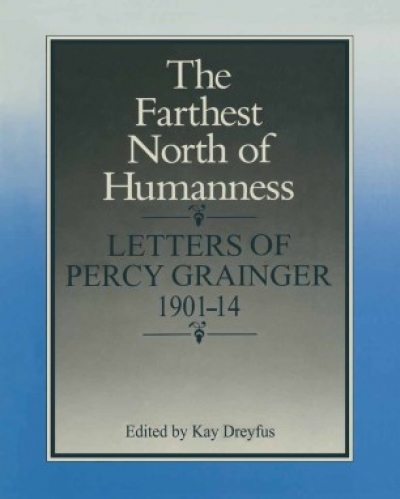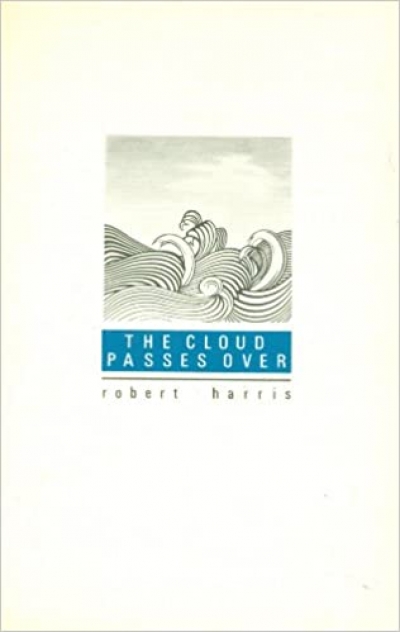Archive
The Farthest North of Humanness: Letters of Percy Grainger edited by Kay Dreyfus
by Jim Davidson •
The Night We Ate the Sparrow: A memoir and fourteen stories by Morris Lurie
by Graham Burns •
As managing direction of the English publishing house, Chatto & Windus, expatriate Australian Carmen Callil has been described as the bête noire of Australian publishing. She had been invited to Australia for Writers Week at the Adelaide Festival. She left slightly annoyed and hurt that she had been cast in a predatory role when her interest in Australian writing stemmed from her own sense of Australianness.
... (read more)









